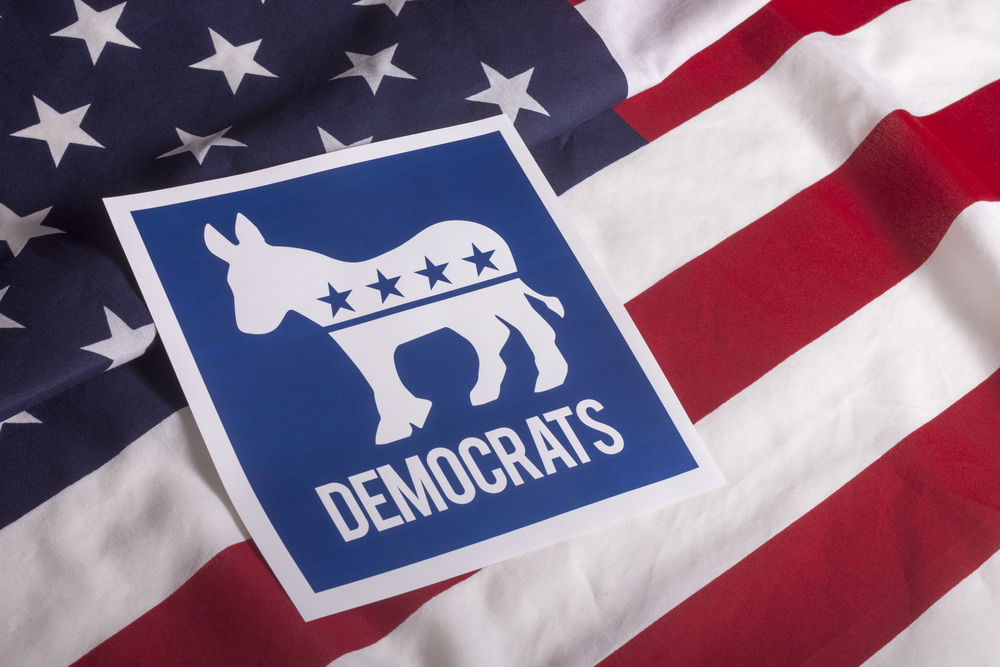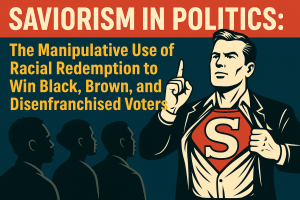By Brian Figeroux, Esq.
As of 2025, New York City remains a Democratic stronghold, with over 4.5 million registered voters. However, recent trends reveal significant shifts in party affiliation and voter demographics, particularly across the city’s five boroughs.
Democratic Voter Enrollment Trends
Between 2020 and 2024, Democratic registration in New York City declined by approximately 258,612 voters, a 7% decrease. This decline is attributed to factors such as dissatisfaction with liberal policies and a rise in independent sentiment. Conversely, there was a notable 12% increase in non-affiliated voters, indicating a growing trend toward political independence among the electorate.
Borough-Specific Demographic Insights
Here is a detailed look at the unique population characteristics, trends, and needs within each borough to inform targeted planning and decision-making.
Brooklyn: As the most populous borough, Brooklyn has a diverse Democratic base, including significant Black, Caribbean, and Orthodox Jewish communities. Recent elections have seen increased political engagement among Orthodox Jewish voters, particularly in response to concerns about antisemitism and public safety.
Queens: Queens boasts a substantial Asian American population, including Chinese, Korean, Indian, Bangladeshi, and Indo-Caribbean communities. In recent elections, there has been a noticeable shift among Asian American voters toward Republican candidates, driven by concerns over public safety and economic issues.
Bronx: Traditionally a Democratic bastion with a large Hispanic population, the Bronx has experienced a modest increase in Republican support, rising from 16% in 2020 to 27% in 2024. This shift reflects broader concerns about economic conditions and public safety.
Manhattan: Manhattan remains a Democratic stronghold, particularly in neighborhoods like Harlem, which has a significant Black population. However, areas with higher concentrations of young professionals and progressive activists have shown increased support for candidates advocating for social justice and economic reforms.
Staten Island: Staten Island continues to lean Republican, with consistent support for conservative candidates. Despite this, the Democratic Party maintains a presence, particularly in more diverse neighborhoods.
Implications for the 2025 Elections
The evolving demographics and shifting political affiliations across New York City’s boroughs suggest a more competitive landscape for the Democratic Party in upcoming elections. Engaging with diverse communities and addressing their specific concerns will be crucial for maintaining Democratic support. Additionally, the rise in non-affiliated voters underscores the importance of appealing to independents through inclusive and responsive policymaking.
In summary, while the Democratic Party continues to hold a majority in New York City, recent trends indicate a need for strategic engagement with the city’s diverse and evolving electorate to sustain its political dominance.
Click Here to Schedule a Consultation with Figeroux & Associates Today!



